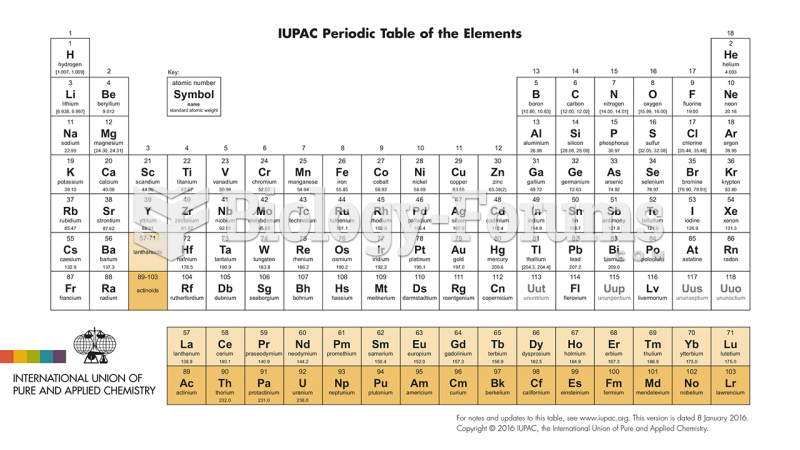|
|
|
Patients who cannot swallow may receive nutrition via a parenteral route—usually, a catheter is inserted through the chest into a large vein going into the heart.
Sildenafil (Viagra®) has two actions that may be of consequence in patients with heart disease. It can lower the blood pressure, and it can interact with nitrates. It should never be used in patients who are taking nitrates.
Children with strabismus (crossed eyes) can be treated. They are not able to outgrow this condition on their own, but with help, it can be more easily corrected at a younger age. It is important for infants to have eye examinations as early as possible in their development and then another at age 2 years.
Vaccines cause herd immunity. If the majority of people in a community have been vaccinated against a disease, an unvaccinated person is less likely to get the disease since others are less likely to become sick from it and spread the disease.
If all the neurons in the human body were lined up, they would stretch more than 600 miles.
 The Warm Mineral Springs individuals from Florida may be among the earliest Paleo-Indian skeletal re
The Warm Mineral Springs individuals from Florida may be among the earliest Paleo-Indian skeletal re
 Redrape the back, face the head of the table, and apply passive touch as finishing technique. Gently ...
Redrape the back, face the head of the table, and apply passive touch as finishing technique. Gently ...
 Standing at the head of the table, apply effleurage to upper trapezius from neck to shoulder using a ...
Standing at the head of the table, apply effleurage to upper trapezius from neck to shoulder using a ...




